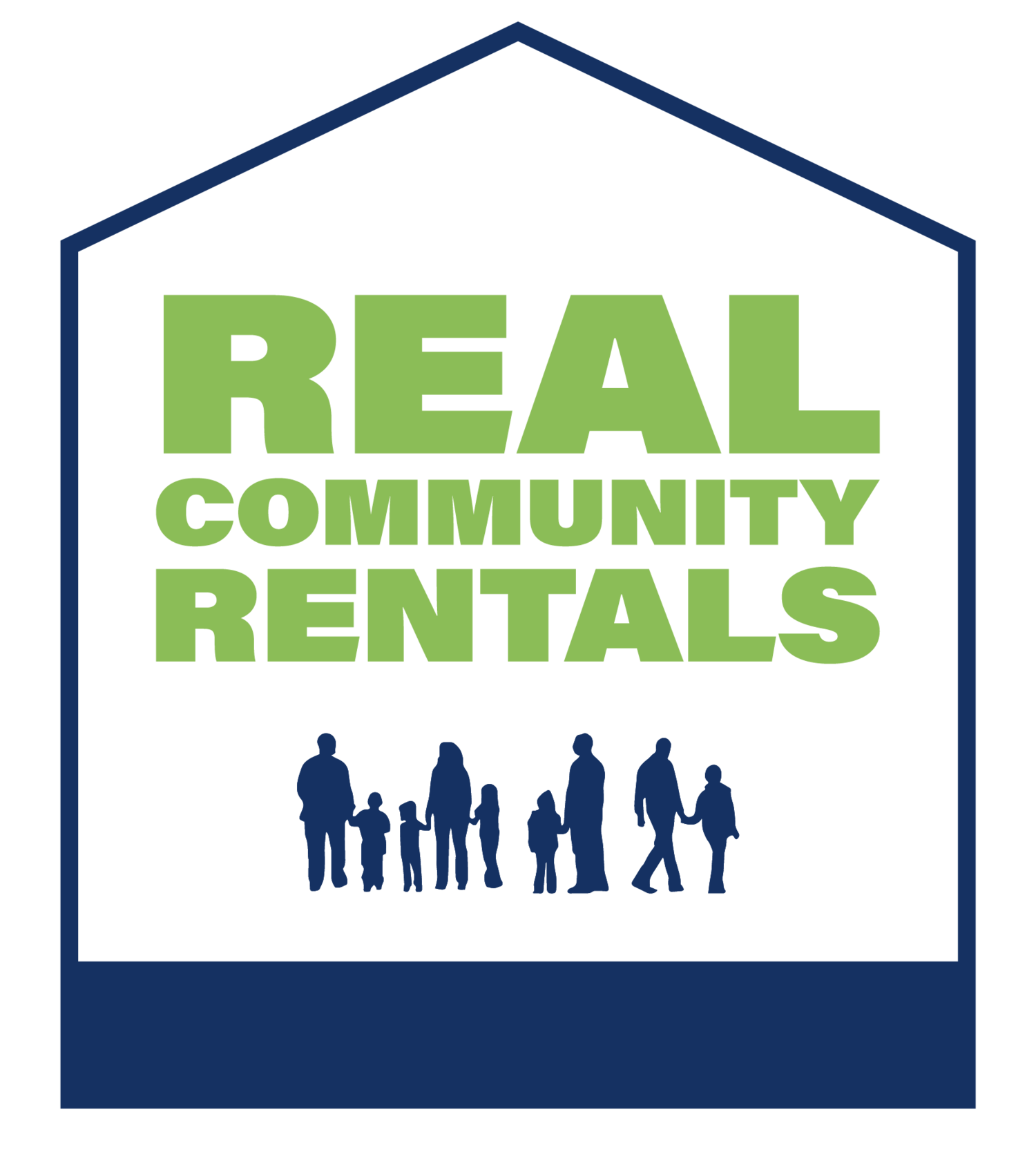Frequently Asked Questions
What are the ways in which a rental unit can be created?
ADUs, JADUs, and home shares.
An ADU (Accessory Dwelling Unit) is a traditional second unit such as a “granny flat” and can be created through new construction, or by converting existing space such as a garage. ADUs can be up to 12oo sq. ft., have multiple rooms, and a full kitchen. ADUs are usually the more expensive option and might require a septic upgrade.
A JADU (Junior Accessory Dwelling Unit) is a new type of unit created from an existing bedroom. A separate entrance and efficiency kitchen can be added. A JADU can share a bathroom with the main house, or have its own bathroom. JADUs are generally the easiest and most affordable way to create a private unit. JADUs have a maximum square footage of 500 sq. ft., and a minimum of 150 sq. ft.
Home sharing is when a homeowner rents out a bedroom and shares some common areas of the house. Although less private, home sharing offers plenty of benefits with little upfront cost. Sharing a home can provide financial security, mutual assistance, and create a sense of community.
How do I access the program benefits such as the loans and help with tenant selection?
You will need to sign a simple agreement stating that you will set rents at reasonable levels to households earning less than 65% of area median income in exchange for the benefits.
Can someone assess the feasibility of the different types of rental space in my home before I sign up for the program?
Yes. We have partnered with an architect to offer free feasibility visits.
How will a rental unit affect my property value?
Today’s homebuyers know that their needs will change over time. A young couple buying their first home can use the rental income to help pay the mortgage. As the family grows they might integrate the unit into the whole house. When a child goes to college they might rent it again to help pay tuition. As they age, they might move into the rental unit and rent out the larger house, or use the unit to house a caregiver. The housing market fluctuates, but a home with a rental unit will always be desirable.
If I convert a space that is not a bedroom into a rental space will my septic need to be upgraded?
If the room is not already a bedroom the septic will need to be assessed to determine capacity and it might need to be upgraded. Conversion of an existing bedroom does not require a septic upgrade.
Can the loans be used for septic upgrades?
Yes!
If I already have an accessory dwelling unit on my property can I also create a junior accessory dwelling unit in my house?
Yes!
If I was willing to exchange rent for care-taking will the program match me with someone skilled?
Yes, we will do our best to match you with the right tenant to meet your needs.
How is tenant eligibility determined?
To be eligible for a rental, households must earn less than 65% of Area Median Income and yet earn at least three times the amount of rent. “Affordable” means that rent does not exceed a third of the household income. When their income increases such that the household can afford market rate rents, they should be encouraged to find another rental and make theirs available to someone else who needs an affordable rental. If you wish tenants to stay even though they exceed the income requirements you can opt out of the program and start repaying the loan.
Must I choose a tenant from CLAM’s waitlist?
The choice of tenant is ultimately yours. You do not have to choose a tenant from the waitlist, but the tenant does need to income qualify.
What if someone uses the Real Community Rentals program to create a rental unit and then rents the unit on AirBnB?
They would have to repay the loan within three years at 3%.
Can I see some examples of a bedroom conversion to JADU?
Yes! Head here.
